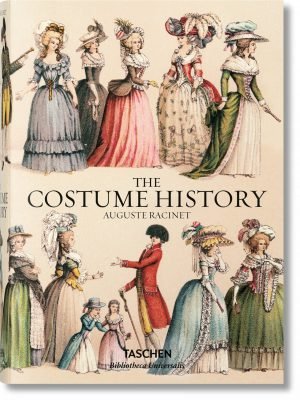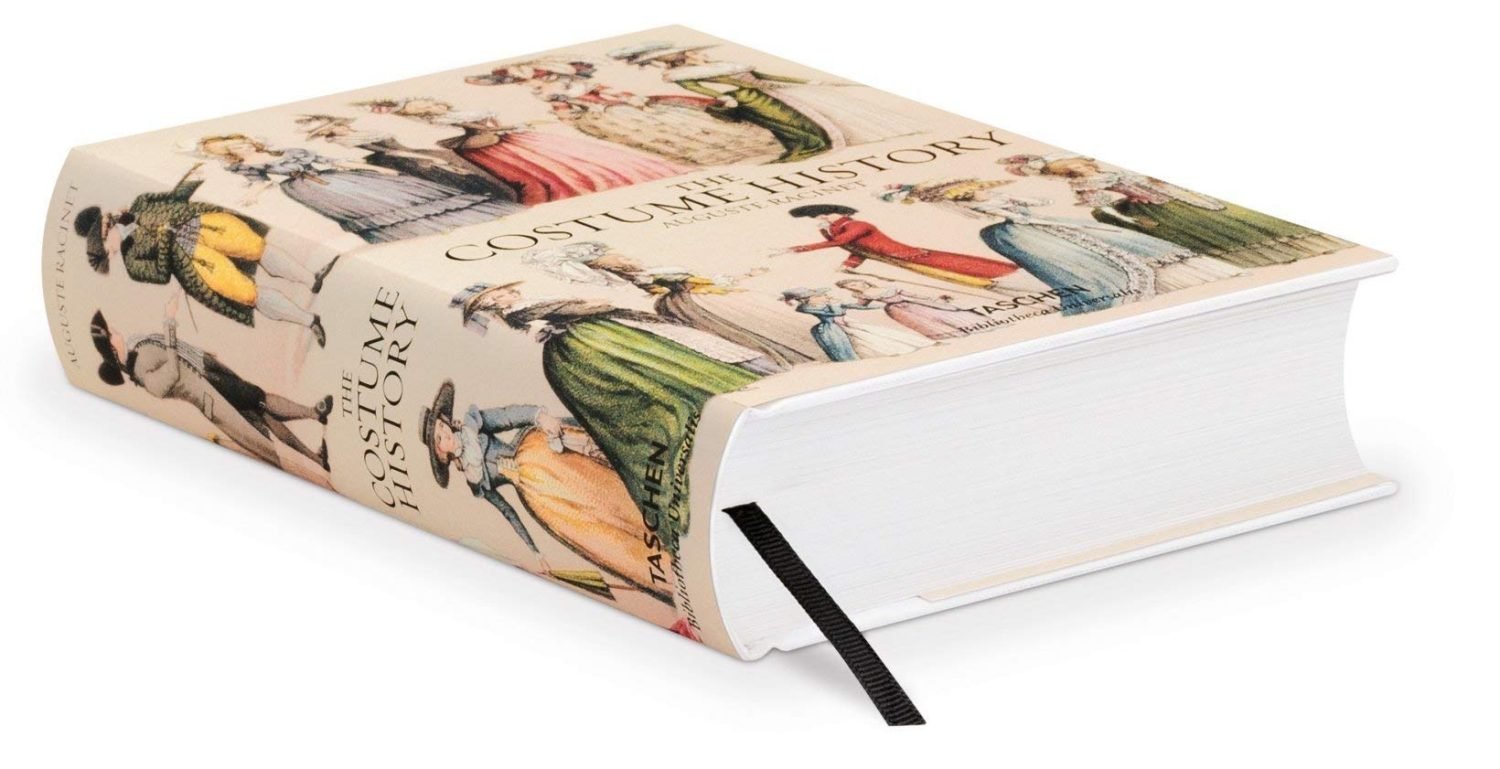
A princely gathering. A doctor of rights. Women’s costumes.
Middle Ages France 14th and 15th century.
The scene pictured in the main scene is the first in the chronicle of the Froissart from the XV century. It describes the protest of Edward III of England against the accession of Philip VI to the throne after the death of Charles the Fair (1328). The king of France does not sit on the throne, but on a bench that spans a canopy. A kind of cap rises above the jagged crown.
The men who were leaving bring to the great men of the empire the invitation to anoint the king (27 May 1328). Their costumes illustrate the fashion of 1430.
At that time, people looked less at wealth than at the number of costumes, of which they preferred one for every day of the week.
The head was covered with a cap or a hat. The latter, made of blue, grey or red velvet, showed a brim beaten down at the front and up at the back, and was carried as high as possible on the long hairs parted in the middle.
The cap, as the nobleman put it on to the right of the king, covered head and shoulders at the same time. Around 1430 it consisted of a felt bead, a strip of cloth thrown backwards, and a cloth or silk bandage (France: chaperon; Germany: gugel) usually wrapped around the neck. When the cap was removed, it was attached to an agraffe or a button on the shoulder.
The square beret of the representative of the King of England is the doctor’s hat as it was worn by the doctors at Molière’s time.
The robe of the doctors of the high faculties and the court officials has no specific colour for the various functions and falls down without folds and unbelted. All the persons in the picture wear Crakows or crackowes (poulaines) of a length prescribed for the various ranks.
The two smaller illustrations show a number of sibylls engaged in fortune-telling and singing. They are reproduced after miniatures from the time of Louis XI.
The long and narrow fur sleeves, the Coudière, and the belt of the previous epoch have disappeared. The wide robe, ending in a train, is covered with fur and slit on the side to make walking easier. The resulting opening is sometimes closed at about the height of the knee by a clasp or a flap of the same fabric.
The headdress is extraordinarily varied: the linen veil cloth on a wire frame, the turban-like rolled hood with gold stripes and the double-horned hood with free-floating veil.
The sibyls depicted here wear the virgins’ unbraided, waving hair. The seven sibyls of the upper picture show the costume of the time more faithfully than those of the lower pictures.
The consoles of the prophetic sibyls are made of wood and rest on a movable axis that rises from a bookshelf. Among the musical instruments of the singing sibyls there is a small organ, a minstrel harp and a kind of guitar.
The illustrations are taken from the chronicle of Froissart in the library of the Paris Arsenal and a manuscript of Valerius Maximus in the National Library of Paris. Cf. the works of Montfaucon, Viollet-le-Duc and Quicherat.
Source: History of the costume in chronological development by Albert Charles Auguste Racinet. Edited by Adolf Rosenberg. Berlin 1888.








